Sun Umbrella vs. Normal Umbrella: Key Differences You Should Know
Have you ever wondered why some umbrellas are marketed specifically for sun protection while others are just for rain? At first glance, they might look similar, but there are actually several important differences that affect their performance. Whether you're planning a beach vacation or just trying to survive the rainy season, understanding these differences will help you choose the right umbrella for your needs.
Let's break down the key distinctions between sun umbrellas and regular rain umbrellas, from their materials to their best use cases.
1. Different Purposes for Different Weather
Sun Umbrellas: Your UV Shield
Sun umbrellas (often called UV umbrellas) are designed specifically to protect you from harmful ultraviolet rays. If you've ever been to a sunny destination like the Mediterranean or a tropical beach, you've probably seen vendors selling umbrellas with "UPF 50+" labels. That's because these umbrellas use special fabrics that block over 98% of UV radiation, helping prevent sunburn and long-term skin damage.
Unlike rain umbrellas, they're not built to withstand heavy downpours—instead, they focus on keeping you cool and protected under intense sunlight.

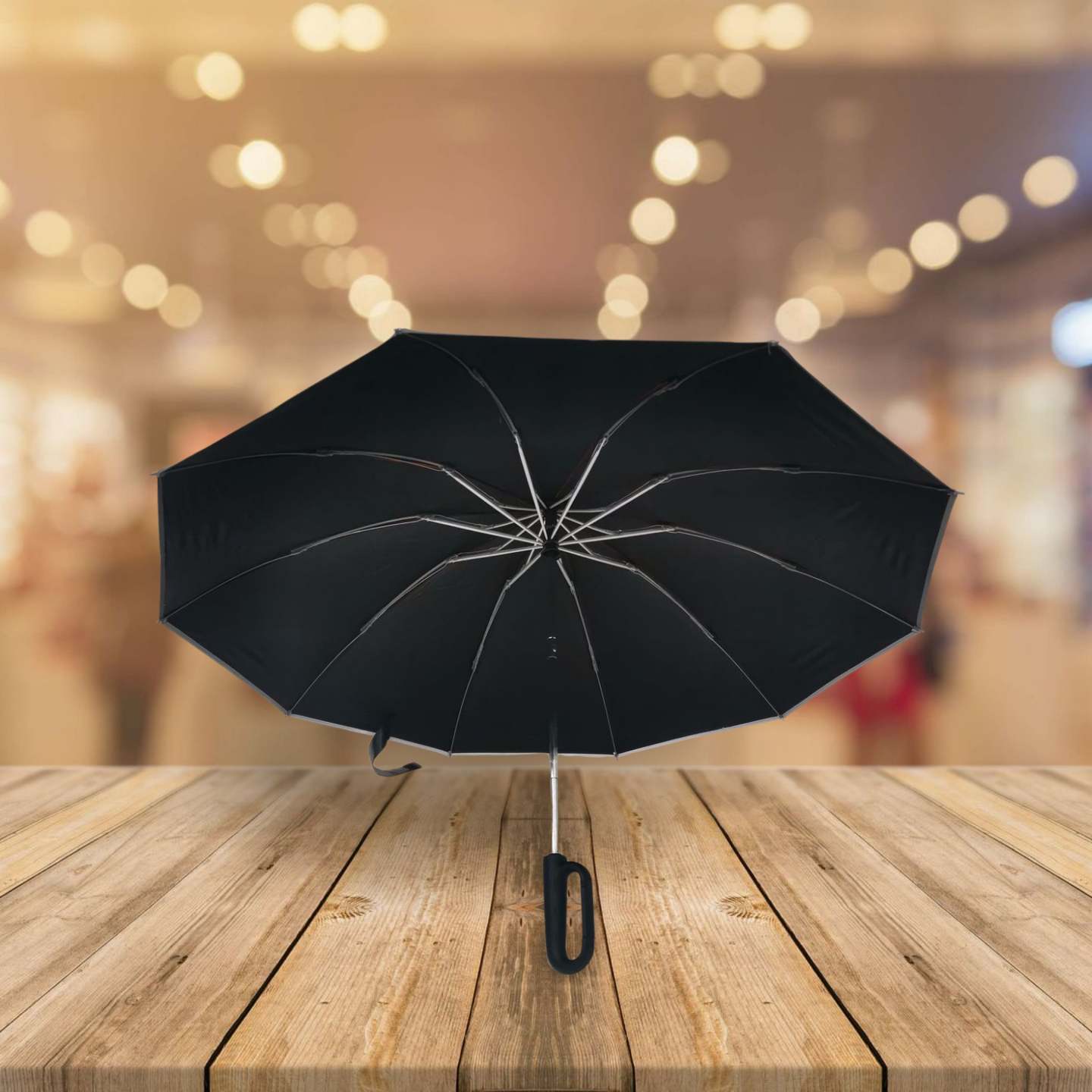
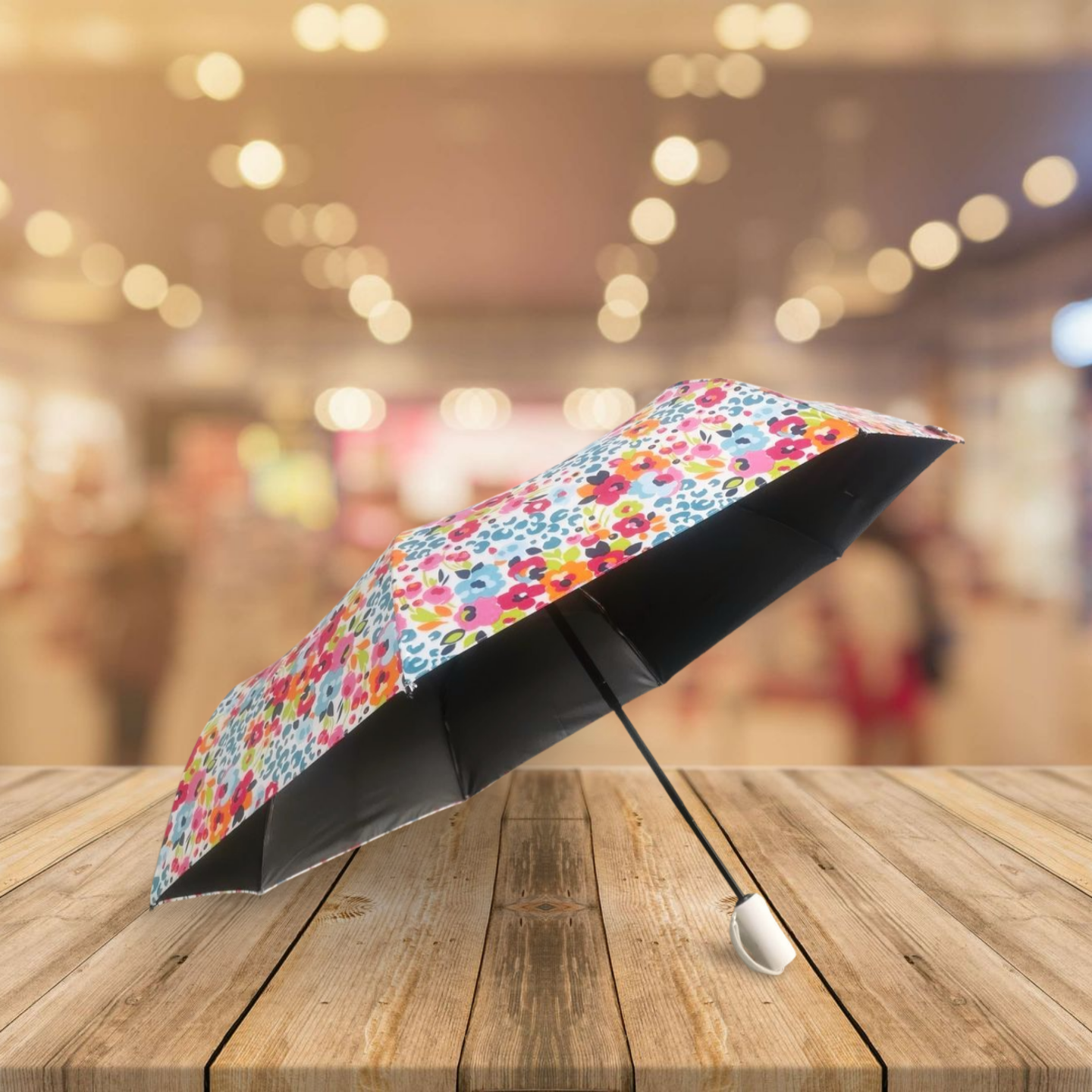
Rain Umbrellas: Built for Wet Weather
The classic rain umbrella is all about keeping you dry. These are the umbrellas you grab when dark clouds roll in, and they're constructed with water-resistant or waterproof materials like polyester or nylon. Some high-end models even have coatings like Teflon to repel water more effectively.
While they can provide shade on a sunny day, they aren't optimized for UV protection unless explicitly stated. Their main job is to handle rain, wind, and stormy weather.
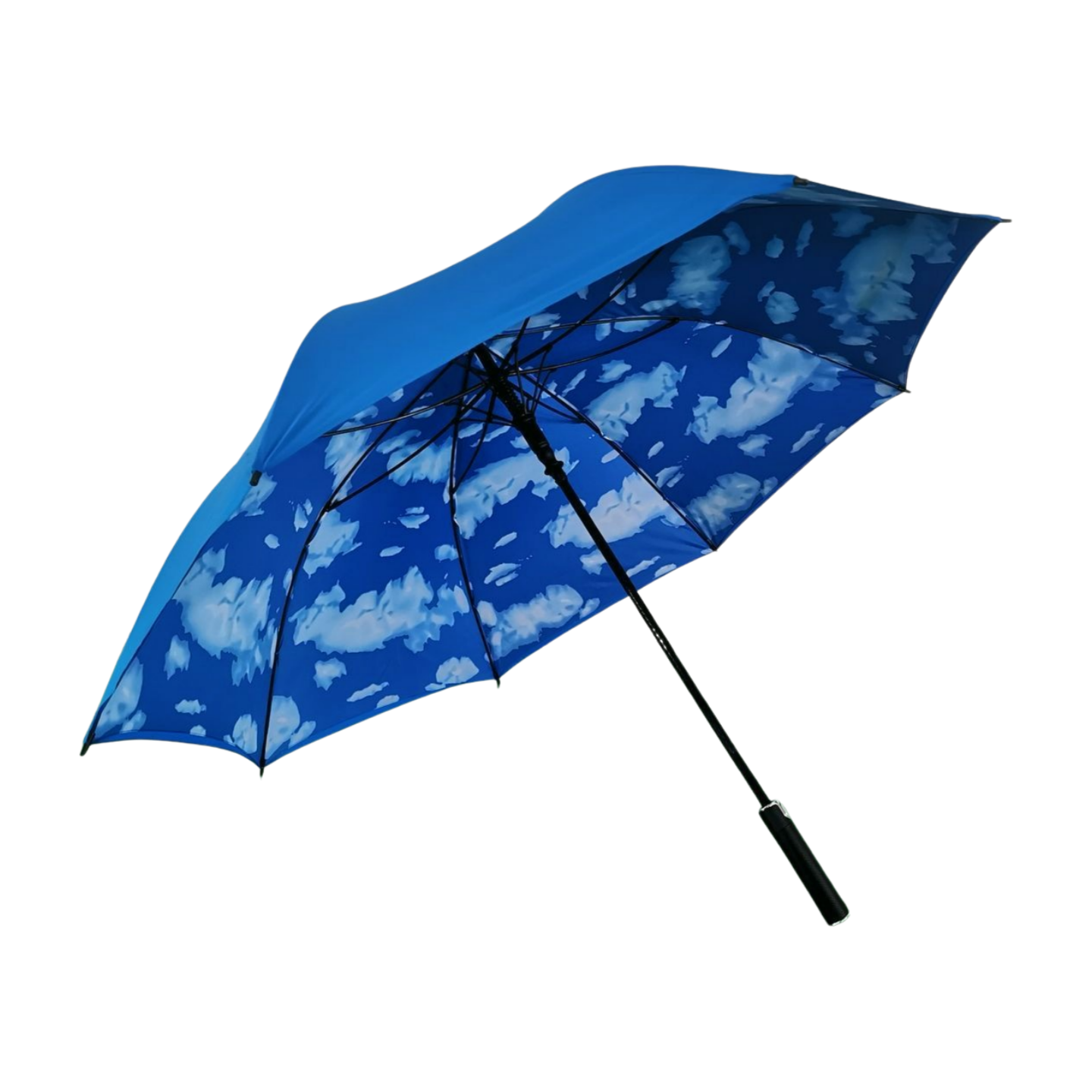
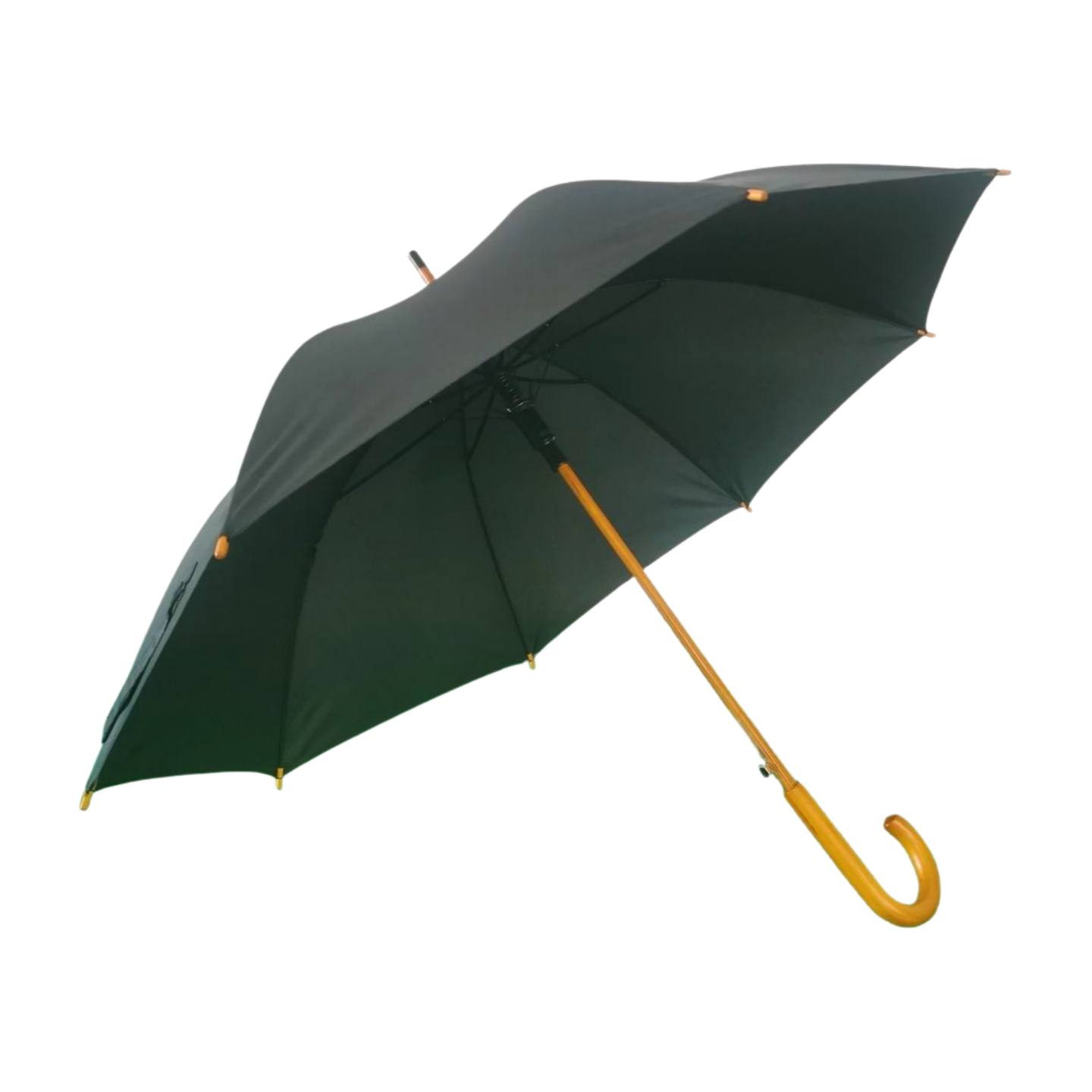

2. Materials Matter: What Are They Made Of?
Sun Umbrella Fabrics
- UV-Blocking Layers: Many sun umbrellas have a metallic (usually silver or black) coating on the inside to reflect sunlight away.
- Breathable & Lightweight: Since they don’t need to repel water, they often use thinner fabrics that are easier to carry around.
- UPF Rating: Look for UPF 50+ for the best protection—this means only 1/50th of the sun's UV rays pass through.
Rain Umbrella Fabrics
- Waterproof Coatings: Teflon or polyurethane layers help water slide right off.
- Durable & Wind-Resistant: Rain umbrellas often have reinforced canopies and flexible frames (like fiberglass ribs) to survive gusts of wind.
- Quick-Drying: Unlike sun umbrellas, these are designed to shake off water quickly to prevent mildew.
3. Design Differences: What to Look For
Sun Umbrella Features
✔ Wider Canopy – More shade coverage for full-body protection.
✔ Ventilation – Some designs have double layers to let heat escape while blocking UV rays.
✔ Lightweight Build – Easier to carry for long periods (great for travel).
Rain Umbrella Features
✔ Strong Frame – Windproof designs with flexible ribs to prevent flipping inside out.
✔ Compact Folding – Many rain umbrellas collapse into a small size for easy storage.
✔ Automatic Open/Close – Handy when you're caught in sudden rain.
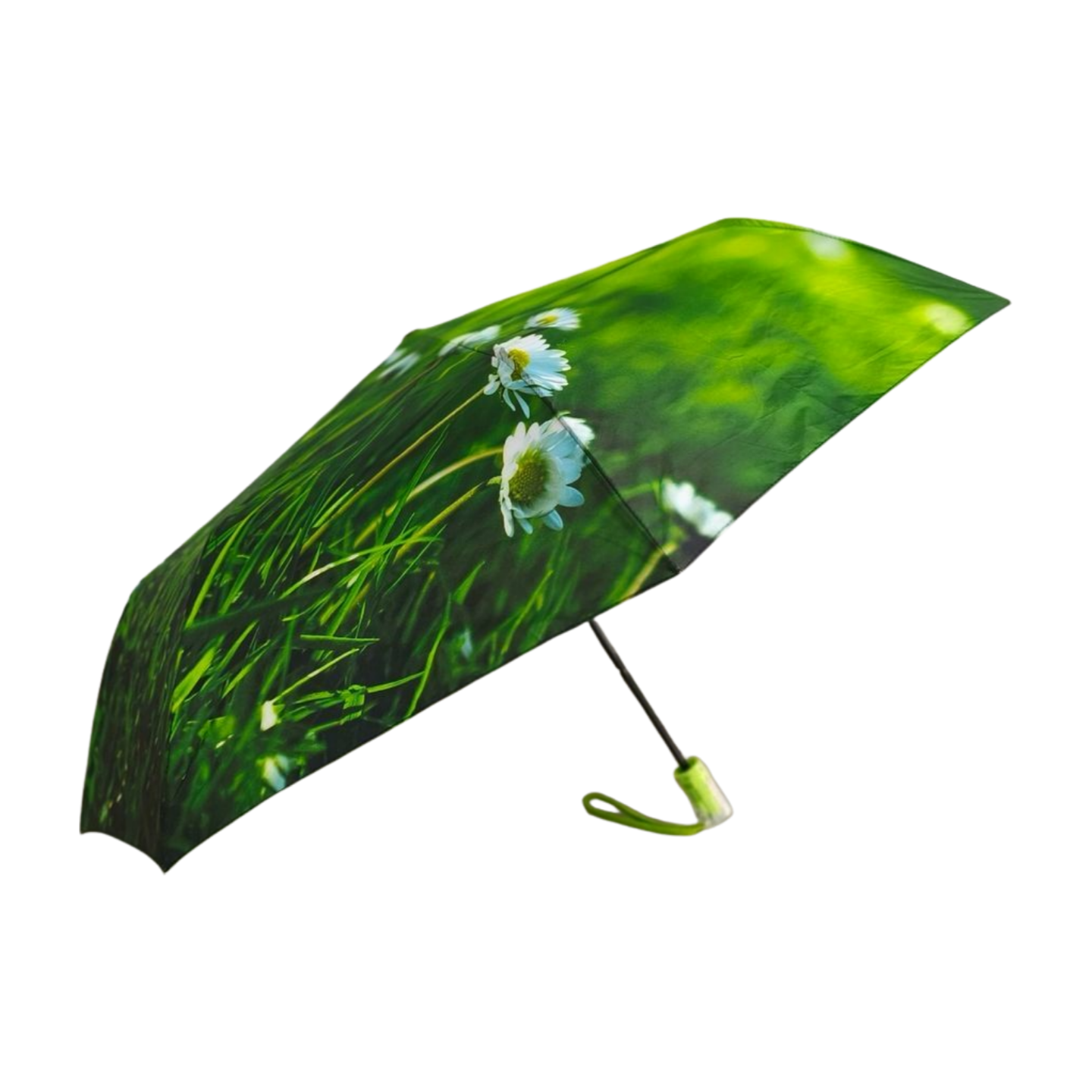
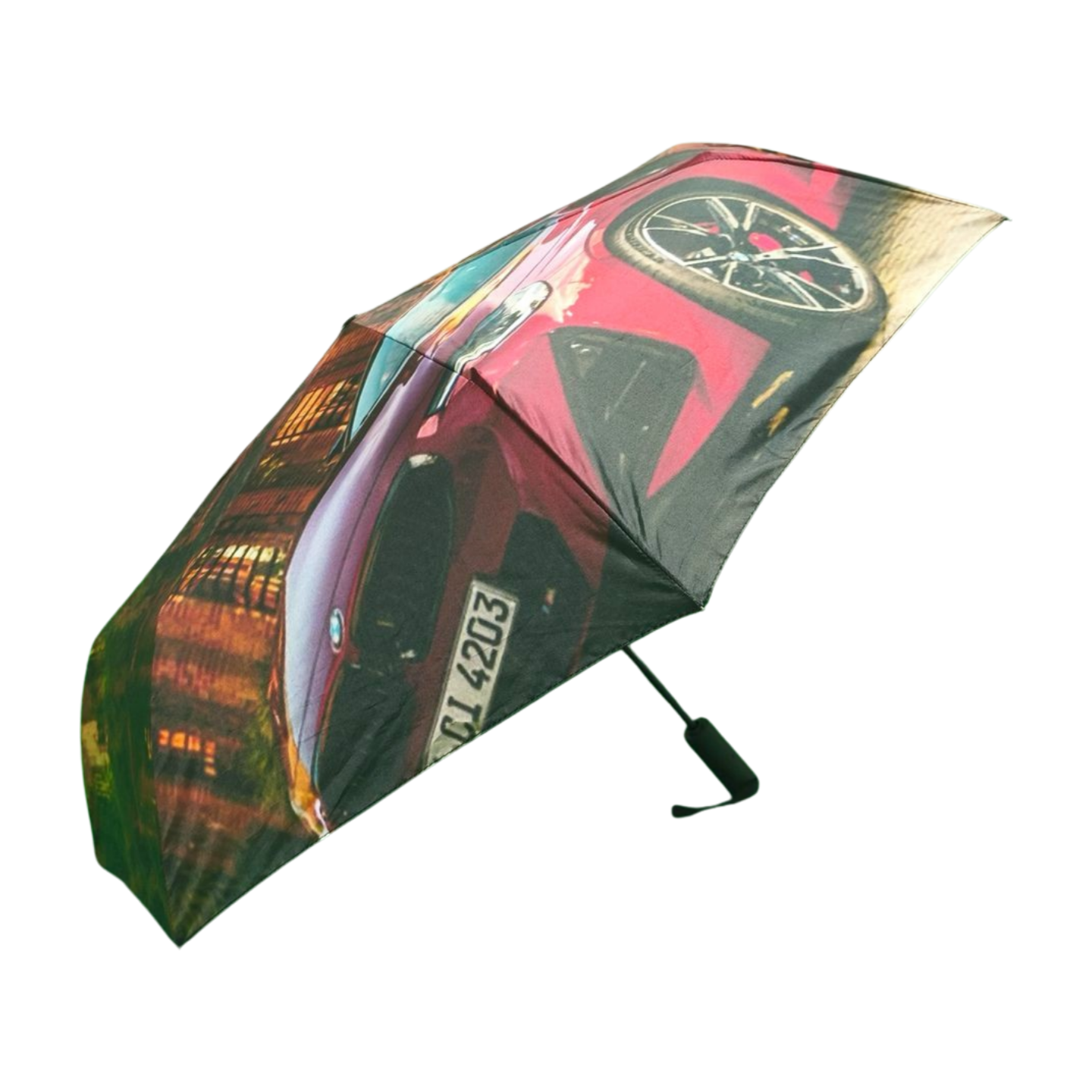
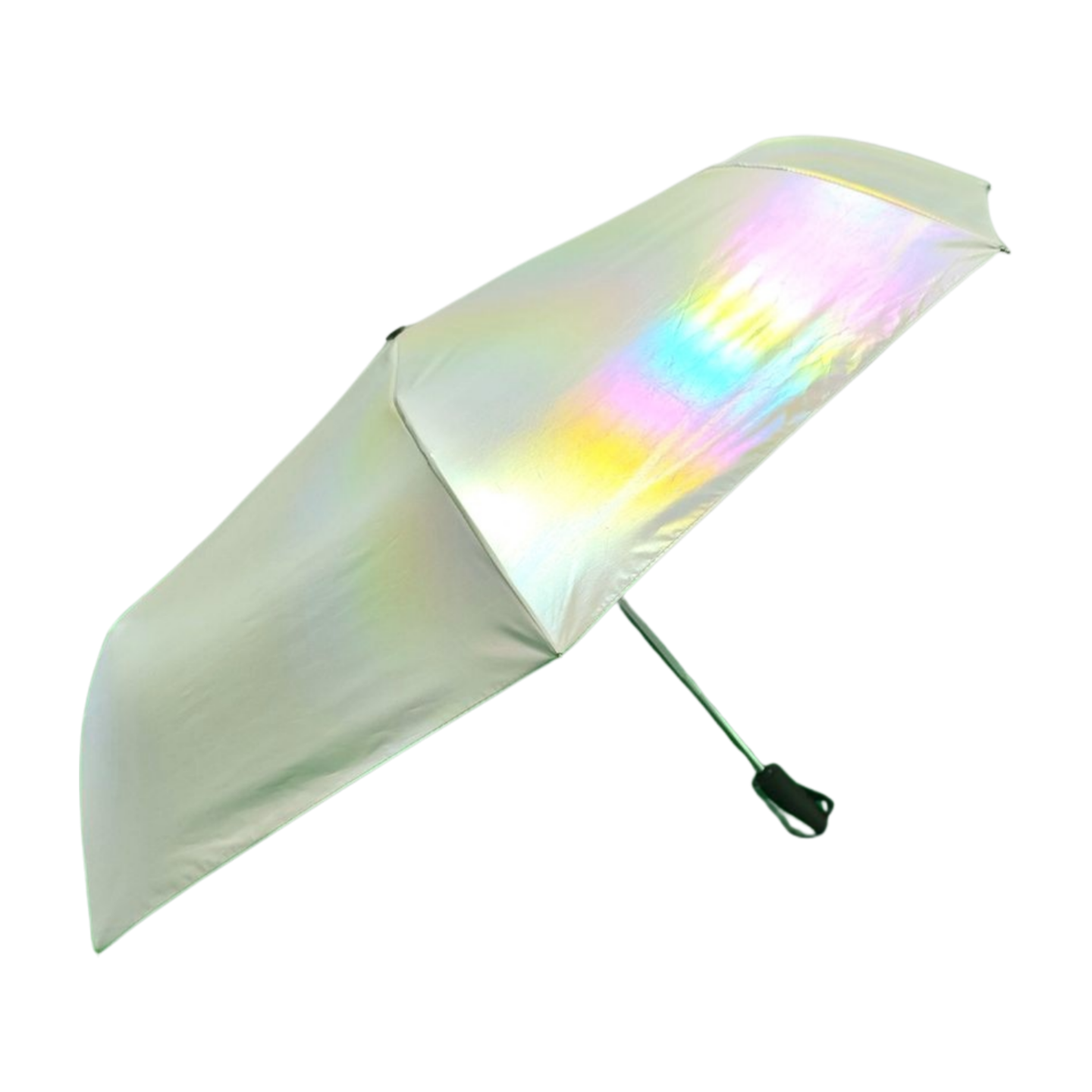
4. Can You Use a Rain Umbrella for Sun Protection?
Technically, yes—any umbrella will block some sunlight. However, unless it has a UPF rating, it won’t provide the same level of UV defense as a dedicated sun umbrella. Dark-colored rain umbrellas might block more light than transparent ones, but they aren’t scientifically tested for UV filtration.
If you're serious about sun protection (especially in high-UV areas), it's worth investing in a proper UV umbrella.
5. Best Uses for Each Type
| Situation | Best Umbrella Choice |
| Beach trips, outdoor festivals | Sun umbrella (UPF 50+) |
| Daily commute in rainy seasons | Sturdy rain umbrella |
| Traveling to mixed climates | Hybrid (UV + water-resistant) |
Final Thoughts: Which One Do You Need?
If you live in a sunny climate or spend a lot of time outdoors, a sun umbrella is a smart investment for skin protection. On the other hand, if rain is your biggest concern, a high-quality rain umbrella will serve you better. Some modern umbrellas even combine both features, making them great for travelers.
Now that you know the differences, you can pick the perfect umbrella for any weather!
Post time: Apr-16-2025

